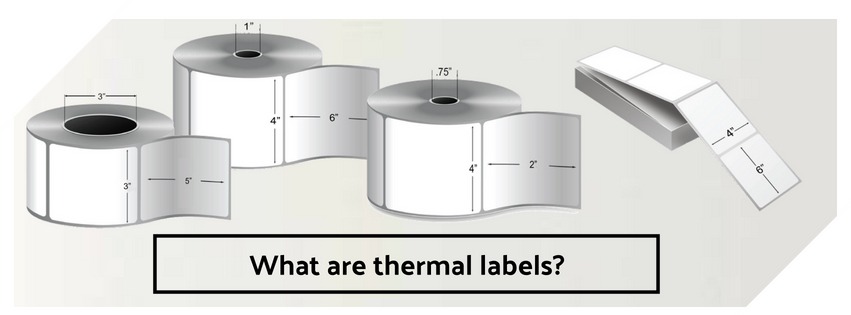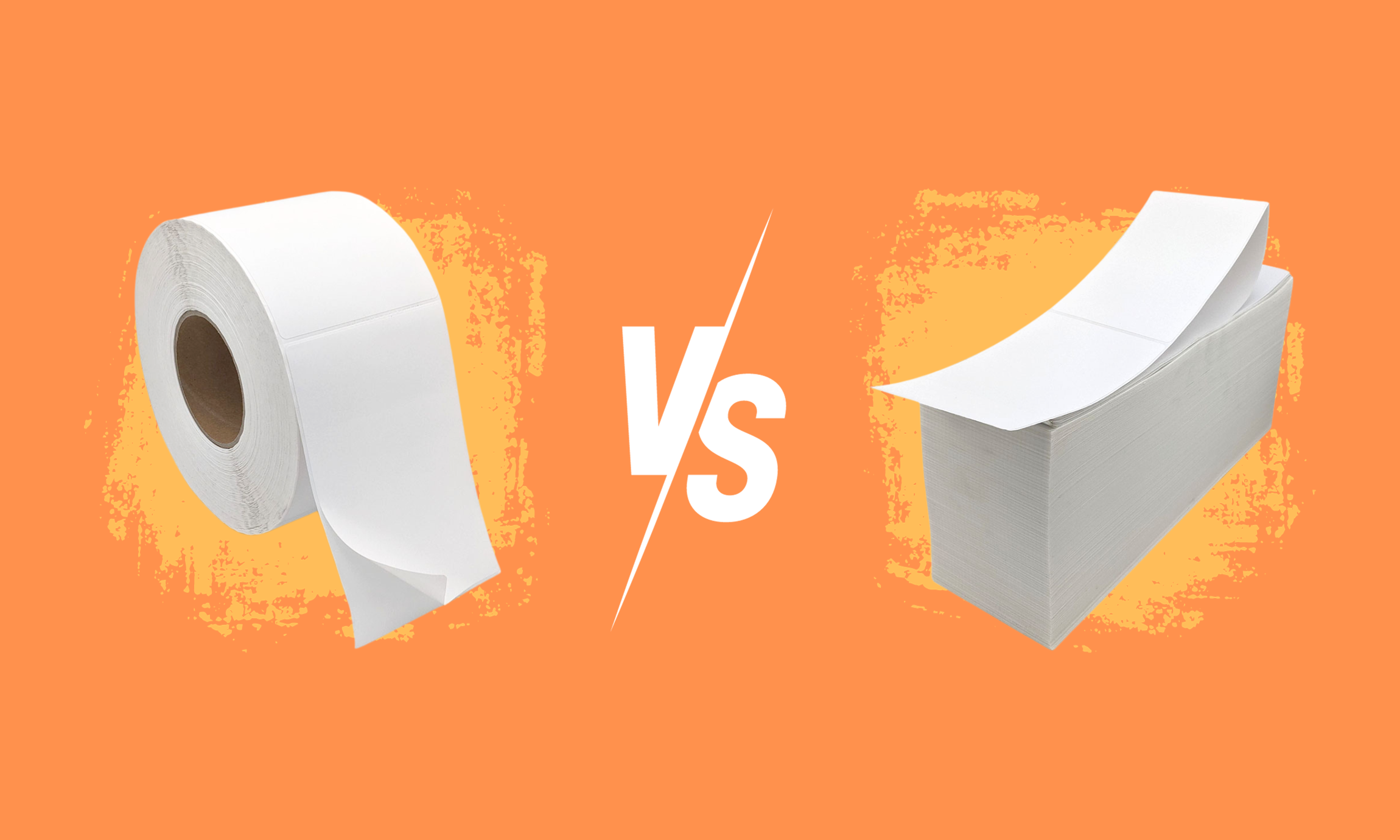Barcodes, product contents and expiration dates are very often printed on thermal labels. These labels are very convenient for these purposes, and can be carried out using one of the following two methods:

Which process is right for you?
Here are a few pointers that will help you in choosing the right process of printing for your labels:
| Direct Thermal Labels | Thermal Transfer Labels | |
| How it works | There is a chemical layer placed on the base paper that is going to be used for printing.During the process, the printer heats up the paper at specific locations to initiate chemical reaction that will form the desired print image. | A ribbon is placed on the base paper and the heat generated by the printer initiates the carbon pigment from the ribbon to the label paper, creating the desired print image. |
| Where are these used? | These labels are widely used for short to medium life applications.This kind of print out is widely used in retail and logistics, meat storages and similar places where the print is often exposed to heat, moisture and other liquids. | These kind of print outs often end up being used for a long-life application.This type of paper is a good choice where the print quality of a ribbon is preferred over the direct thermal prints, often used with outdoor labeling applications. |
| Advantages: | 1. These are simple to you as there is no involvement of the ribbons. 2. Greater productivity due to elimination of the ribbon changes. 3. Used for both 1D and 3D barcodes. 4. Can be printed on paper as well as synthetic material. 5. The quality is good enough for everyday usage. | 1. Wide variety of papers like, clear, pearl. Metalized, and fluorescent. 2. Excellent quality for text, image and barcodes. 3. To get colored print outs, there are colored ribbons too are made available by various manufacturers. |
| Disadvantages: | 1. Show limited abrasion resistance. 2. The print starts fading in 6 months to a year. 3. Over exposure to heat and other liquids turn the print difficult to read. | 1. Require a special printer for use of this methods. 2. As the ribbons are necessary to print anything, stock of these needs to be maintained and can be looked as an additional expense. |
We hope all this information will help you to understand the complete concept of thermal labels, the two methods that are used in the printing of these labels. If you are looking for a good, reliable and affordably priced source to get base paper and other associated accessories required for printing thermal labels, PackagingSuppliesByMail.com is your destination.







